This article was written by izumif of the MAL Articles Club.
Interested in writing featured articles? Click here!
Girls’ Love, or shoujo ai, has over a century-long history. Whether in Shoujo Shousetsu (novels for girls) or the so-called Esu culture (sisters-related cultures) in the Taishou Era, the air of taboo and tragic stories the topic spawns have attracted many women and girls through the ages. Today, we can find Girls’ Love elements not only in works whose subject is overtly shoujo ai, but also in more "mainstream" anime/manga.
Alongside its explosive growth, shoujo ai has changed a lot over the last few decades. These days, it is evolving in various ways, whether in terms of character traits (e.g. age, personality), plotlines, or even genres. It is constantly seeking new frameworks – and in doing so, it is constantly trying to meet the diverse needs of its readers and viewers. In this article, we aim to examine, analyze, and categorize these new trends in shoujo ai.
Age and Social Roles
Age is an essential trait of any character. Therefore, age-based classification is one of the easiest ways to analyze creative works in shoujo ai. Age mainly affects two key elements: the characters' level of mental development and the social relationships between the protagonists.
The former element is rather simple – a middle-school student might hold complex emotions towards both her secret lover and herself, while a 22-year-old female teacher might find herself struggling with unfamiliar situations – she could be just a new face in the workplace.
Such fundamental attributes have a pronounced effect on the relationships between girls/women, especially if there is an age difference. Age difference is a crucial matter for characters in the shoujo ai world, even if the difference is small. This is particularly obvious when a protagonist is a middle or high school student because of the "senpai-kouhai" relation in Japan. Shoujo ai often depicts this dynamic.
These days, the number of shoujo ai manga that feature a large age gap between protagonists has gradually increased, and they have also steadily gained in popularity. Such works, called "Toshinosa Yuri," might adopt a teacher and a student as the primary pairing. Slow Start is a notable case, depicting a female student who finds herself attracted to her homeroom teacher's maturity.
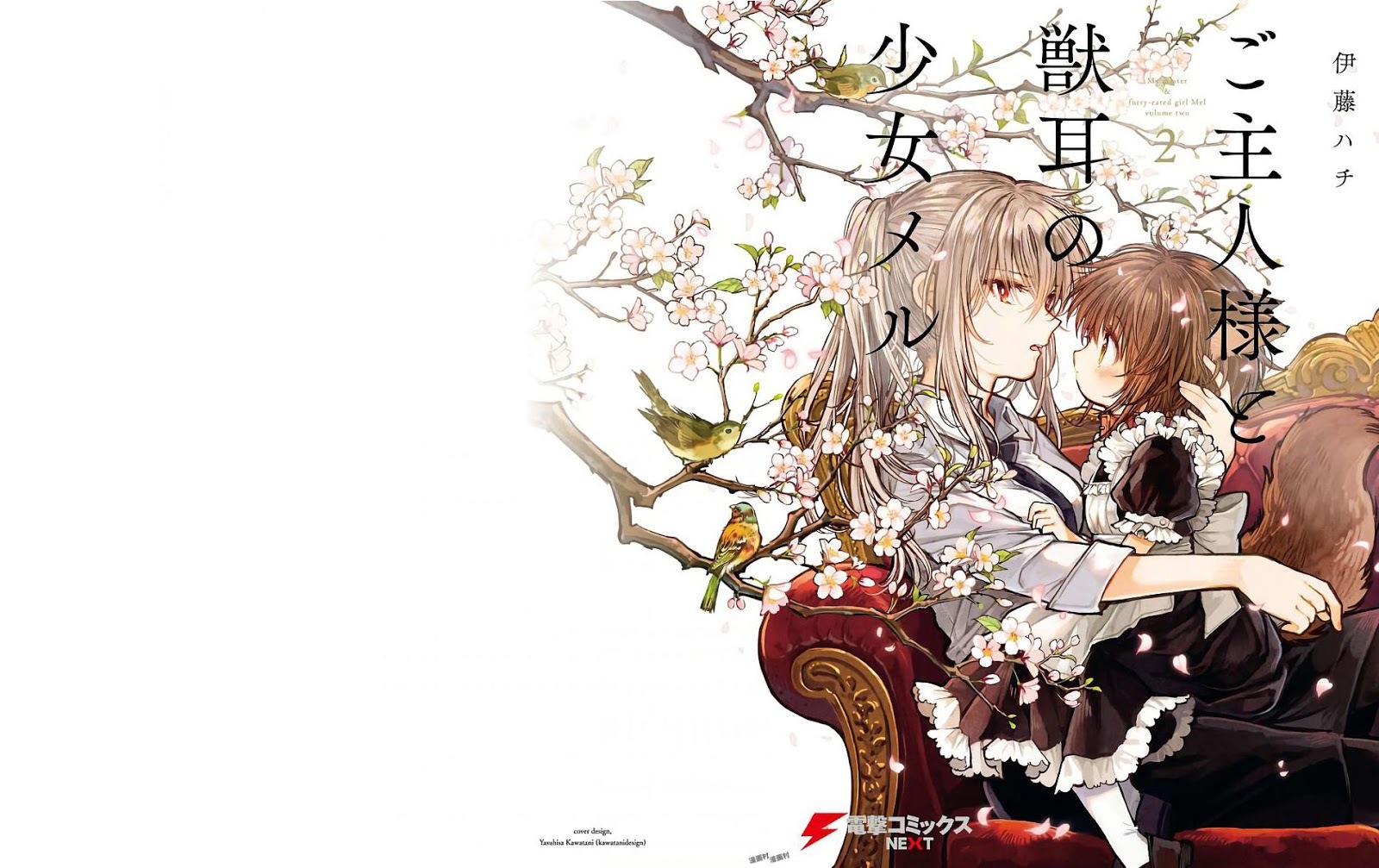
Goshujinsama to Kemonomimi no Shoujo Mel
Among Toshinosa Yuri works, a story involving a grown woman and a little girl (around 10 years old or under) is categorized into a subgenre called "Onee-loli." A prominent figure in this subgenre is Doujin artist Hachi Itou. Utilizing delicate line drawings, she gives her works a warm atmosphere and crafts heartwarming stories. Goshujinsama to Kemonomimi no Shoujo Mel is one of Itou’s most notable works, and it stresses the innocence and kindness in the younger and older characters, respectively.
Onee-loli is a kind of exception in Girls’ Love, as it usually exaggerates its characters' age-based personalities. Loli characters are often depicted with excessive innocence and kindness, or they are depicted as being too eager to prove their maturity – they might show their admiration of adults via their actions and hate to be treated as children. In either case, loli characters are depicted as overly childish. Meanwhile, mature women are shown as having great composure. The adult tends to watch over the younger character, and loves to see the little girl’s cute behaviors. In Goshujinsama to Kemonomimi no Shoujo Mel, we are able to see this as well. The younger character, the maid Mel, is shown as being incredibly kind; the older character, Mel's mistress, is depicted as a quiet person who always pays special attention to her little maid.
What is interesting in Itou’s works is that even mature women sometimes get flustered and act rashly, especially when loli characters are involved. On such occasions, the reader might be surprised to see the older character's bold actions, as she is usually calm and composed. Clever usage of such situations is part of why Itou is regarded as one of the masters of Onee-loli.
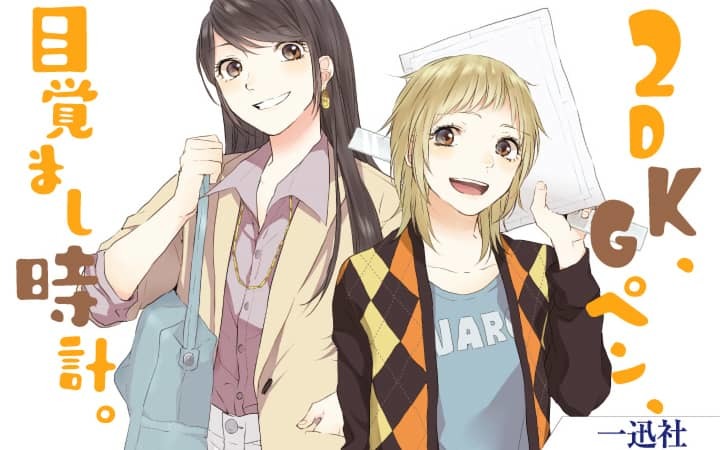
2DK, G Pen, Mezamashidokei.
Of course, there are many works in which age differences are irrelevant. Such works often adopt adult women as their protagonists. Girls’ Love has always depicted a great deal of communication and miscommunication when mature women are involved, and this still holds true today.
Modern Girls' Love works have begun to express the struggles and pains that adult females might experience at the workplace. Shakai-jin Yuri – Girls' Love between working women, which pays special attention to such matters – enjoys strong popularity. Such stories capture the distress that women might experience at work and the fatigue of their daily lives, but it also provides healing via the interactions of the central characters.
In the near future, a new trend might appear: Shougakusei Yuri, stories which feature shoujo ai relationships between Shougakusei (elementary school students). In fact, the popularity of this subgenre is already growing. One story in particular, Tsutsuji Tsuji in Éclair: Anata ni Hibiku Yuri Anthology, has left a large impact on this niche; it delicately expresses the childish vanity, alienation, and loneliness of its characters. Shougakusei Yuri works are currently few in number, there are signs pointing to a sudden rise of this burgeoning subgenre.
In short, shoujo ai features characters of many different ages, which is a defining element of this diverse genre.
Gender and Cross-dressing
When we try to examine features of a certain culture or subculture, it is often beneficial to view them with the topic of "gender" in mind. This is true also for Girls’ Love.
Of course, it is important to note that this is not exclusive to Girls' Love in particular; Shoujo in its entirety has always been strongly connected with gender issues, especially in regards to female masculinity and cross-dressing (Dansou). Ribbon no Kishi, considered to be one of the first Shoujo Manga, is a good example of this. Sapphire, the protagonist, plays the role of a knight, which was considered a man's job at the time. She also dressed accordingly. As this case exemplifies, Shoujo often featured female main characters that dressed like men and expressed stereotypically "masculine" features such as general aggressiveness and the use of strong language.
In Girls’ Love, creators will sometimes give a character such features in order to contrast the femininity of that character's partner. When talking about this topic, we cannot forget Versailles no Bara, which includes a shoujo ai-like relationship between the characters Oscar (a girl raised as a boy) and the traditionally innocent girl, Rosalie.
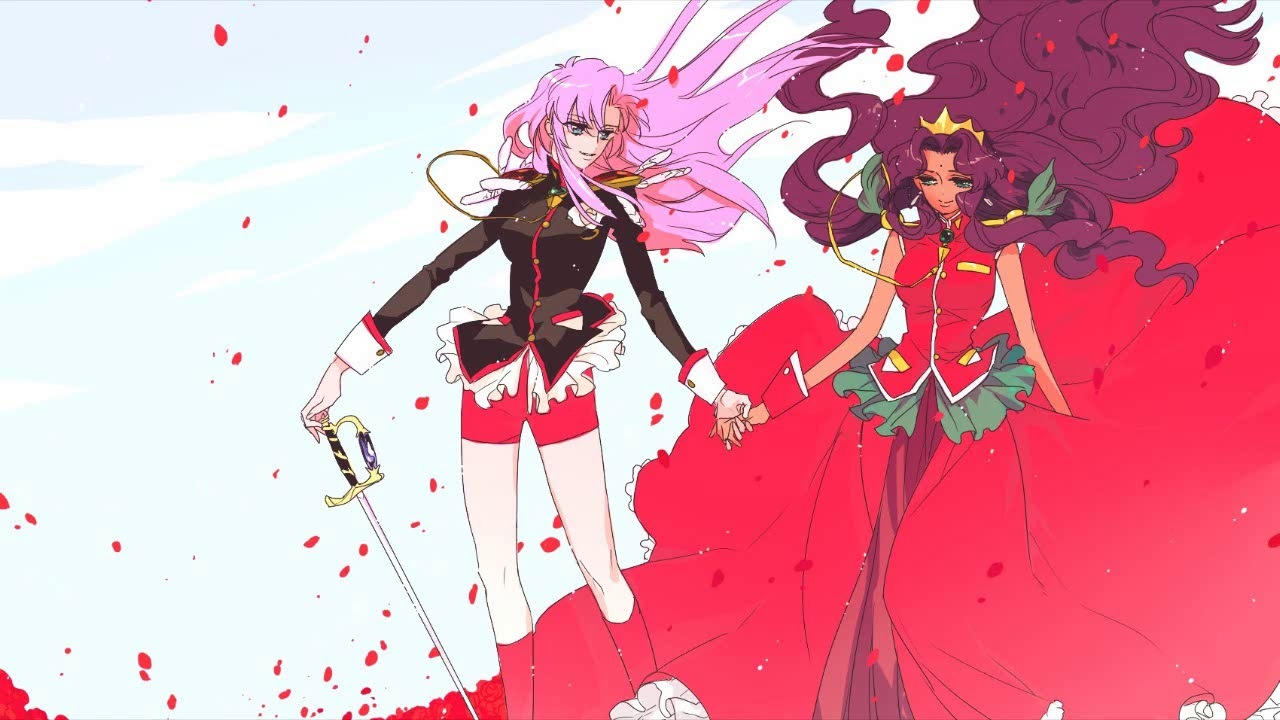
Shoujo Kakumei Utena
When examining the relationship between Girls' Love and masculinity, we run into an important work from the 1990s, Shoujo Kakumei Utena. The plot can be somewhat difficult for modern audiences to understand, as the work is said to reflect various social problems experienced in Japan at the time. But in any case, the work was and still is a symbol of sorts among Girls' Love circles. Utena, a protagonist in the story, goes through many duels with various male characters to save the second heroine, Anthy. That is, Utena willingly embraces what is usually viewed as masculine in order to rescue Anthy.
However, there are fewer and fewer Yuri works nowadays that involve cross-dressing and such depictions of masculinity. Today, it is difficult to find Dansou Yuri in a bookstore. This may be due in part to a partial erosion of gender stereotypes in Japan that have led to greater acceptance of Yuri – old axioms like "a girl has to be married to a man" are no longer axioms.
What's interesting to note here, however, is the growing relationship between Girls' Love and "Josou." Josou refers to "males with female costumes," so a merger between Josou and Girls' Love results in a story featuring a girl with a boy/man who wears feminine clothing. Categorizing such stories as Girls' Love is controversial, however, as many people believe that both characters in a shoujo ai relationship must be strictly female. Still, this developing merger has great potential. One example of this is Tsuki ni Yorisou Otome no Sahou, a visual novel that gives us stories about a Josou boy and the heroines that accompany him. Though this work focuses on how the boy reveals his secret (that he is, in fact, "Josou") and how the heroines accept this revelation, some scenes in the story deliver various shoujo ai-like situations. For example, a female character who hates males falls in love with the main character without knowing that "she" is actually a "he."
Species and "Kemonomimi"
We usually think of Girls' Love as involving two or more girls. This definition raises a question: what is a "girl"? It should be no surprise that, in shoujo ai stories, not all characters are necessarily human.
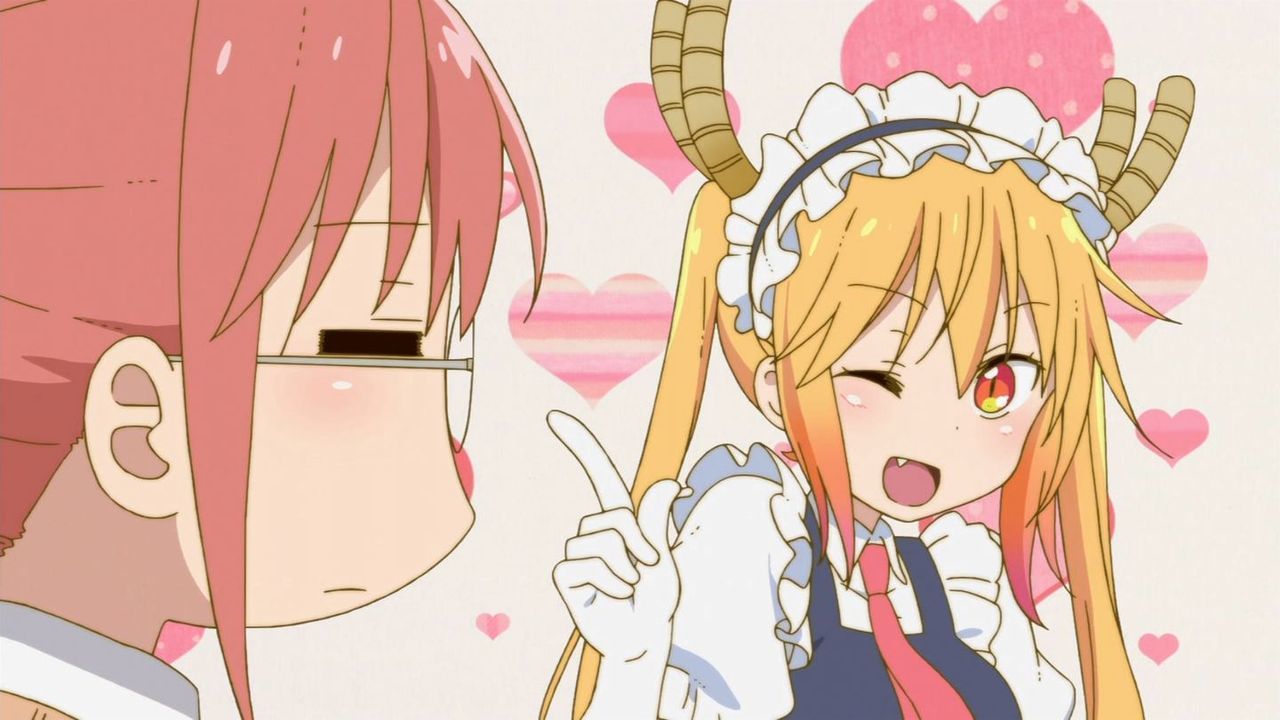
Kobayashi-san Chi no Maid Dragon
This anime is a slice of life comedy that depicts the daily going-ons of Miss Kobayashi, an office worker, and her maid dragon (who happens to be madly in love with her).
Kyoto Animation’s sophisticated direction turned this premise into something special – the staff that worked on the anime succeeded in expressing the oftentimes comical changes in Kobayashi’s life that resulted from her newfound relationship. Indeed, not only in Girls' Love, but in all creative works that express interspecies communication, are the creators faced with a rather unique challenge. The creators must portray how the protagonists go through various miscommunications and resolve gaps in values. In other words, it is a matter of symbiosis. Kobayashi-san Chi no Maid Dragon depicts how Kobayashi and her maid dragon Tohru slowly grow to understand each other. And in this sense, this work is a kind of model for works that aim to express interspecies shoujo ai (Ishukan Yuri).
In a similar vein, we also have "Kemonomimi." Kemonomimi itself does not refer to real animals. It simply means "humans with animal ears." However, many Kemonomimi works also depict other animal-like features such as tails or enhanced senses of smell.
In the past, Kemonomimi were not a common feature in shoujo ai. However, as shoujo ai began to attract a male audience, Kemonomimi gradually entered into the spotlight. Mimi Mix! is a great example of this. In this work, all characters are human beings. However, the characters’ personalities are accentuated by animal ears and animal-like features.
While it is true that, in a strict sense, shoujo ai refers to relationships between human girls, we can see that many contemporary shoujo ai stories have gone outside the bounds set by this definition.
Genre and Settings
In the past, Girls' Love was always strongly linked with tragedy. To anime fans, this may come as a surprise – the most tragic stories are rarely made into TV shows or films, and so exposure to such stories is comparatively small.
Modern shoujo ai, however, is less likely to focus on tragedy. These days, we can find shoujo ai relationships almost anywhere we look. By looking at the genres that we typically find Girls' Love in nowadays, we can easily see how things have changed.
The rise of Maria-sama ga Miteru in the last two decades brought many new readers to the world of shoujo ai. Being different from previous works, Maria-sama ga Miteru actually enjoyed a male audience because it contained many more standard elements such as a school-life ascept. Partly because of Maria-sama ga Miteru, many men began reading Girls' Love works. This has had a large influence on Girls' Love, because creators have had to adapt various elements into their works in response to the requests of their newfound readership – in particular, a desire for more "Moe."
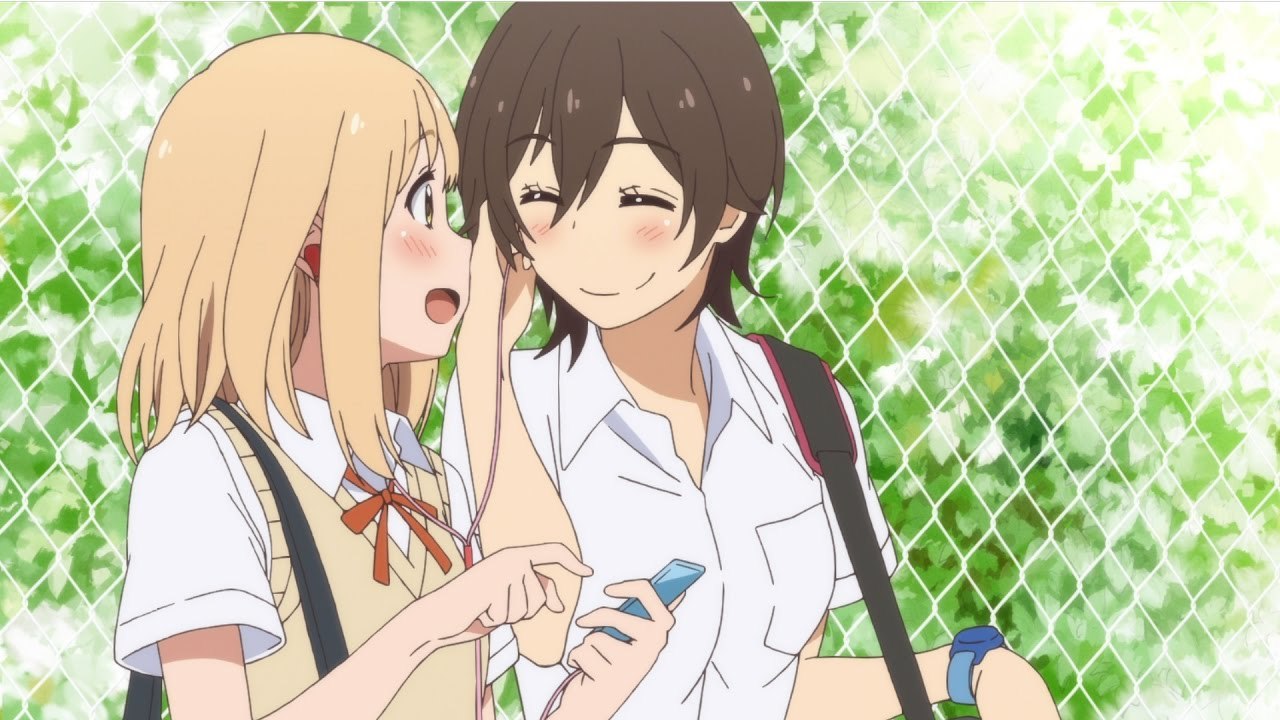
Kase-san Series
In adapting to these newer tastes, some creators have tried depicting the daily lives of a cohabitating shoujo ai couple (Dousei Yuri), while others have simply sought to give better endings to their protagonists.
Kase-san Series is a shoujo ai manga that reflects both of these developments. Yui and Tomoka, the main heroines, are completely different from each other. Yui is a shy, silent girl who loves to take care of flowers, while Tomoka is a talented athlete with a cheerful personality; Tomoka has a concrete plan for her future while Yui initially does not. Such contrasting personalities are common in the Yuri world, and in the past, we usually saw relationships between such couples reach tragic endings. However, Kase-san Series intentionally avoids going that route and focuses instead on the sweetness in Yui and Tomoka’s lives. The author also tries to depict the characters' development as their romance blossoms; the two often build off of one another.
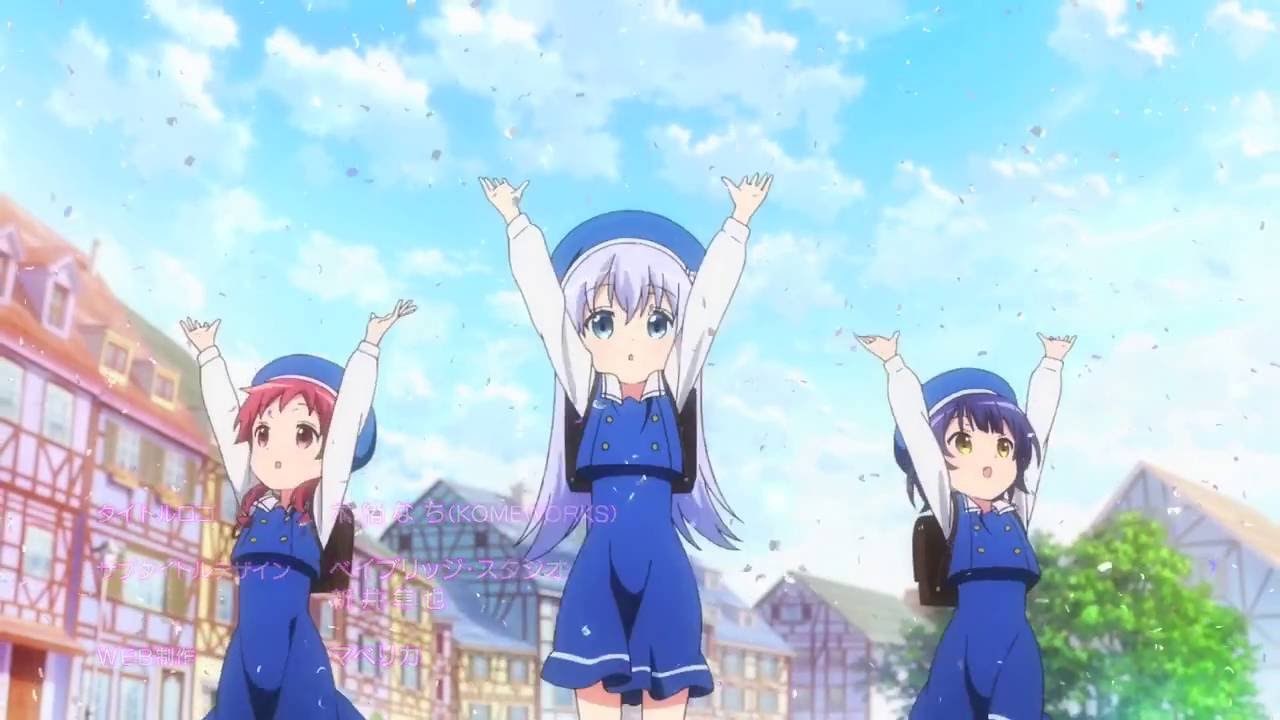
Gochuumon wa Usagi desu ka?
Among the various genres affecting and affected by shoujo ai, the so-called "Kirara" style of anime is arguably the most influential. Kirara is a manga magazine that focuses on slice of life stories. Male characters are rare in Kirara stories – character casts are often filled with only cute girls or beautiful women.
Gochuumon wa Usagi desu ka? is one such Kirara work. Boys are virtually nonexistent, and the story revolves around a cast of cute girls. Through the various situations that they go through together, the girls develop their friendships with each other… and perhaps something more.
In this work, there are no overt expressions of Girls’ Love. However, it does leave the possibilities open; one relationship might result in a lasting friendship, but there's a chance that it could turn romantic. However, many viewers are satisfied with just the implications, where the rest is left to one's imagination.
Overall, Kirara has had a big influence on the entirety of the shoujo ai scene. We can now find many shoujo ai anime or manga that feature slice-of-life, a curious absence of men, and heavy doses of "Moe."
As the term Girls’ Love refers simply to a certain kind of relationship between characters, there is a chance of Girls' Love expanding into even more genres or settings. We can see just how much shoujo ai has grown already – and it has so much potential still to go.



![Top 14 Best Josei Anime of All Time [Updated]](https://cdn.myanimelist.net/s/common/uploaded_files/1476028670-f1203acd4b4a90c4e0721951530ef3c2.jpeg)
